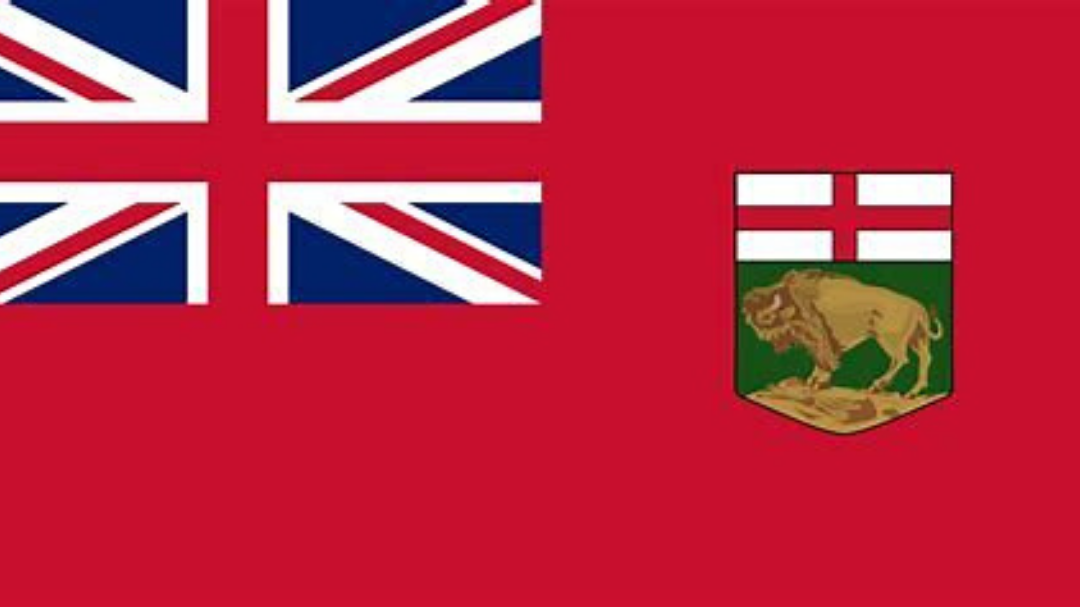Pioneer Heritage Day 2020

The Historical Museum of St. James-Assiniboia presents Pioneer Heritage Day!
We thank Elders Clarence and Barbara Nepinak for joining us and opening our event today. Clarence Nepinak serves on the Board of the Historical Museum of St. James-Assiniboia and both Barbara and Clarence are recipients of the Order of Manitoba and local community Elders.
And now for a welcome from our local government representatives.
We would like to thank Councillor Kevin Klein and Assiniboine Credit Union for their contribution towards Pioneer Heritage Day. This event would not be possible without your support.
We would also like to thank Councillor Kevin Klein, Marty Morantz, M.P., Hon. Scott Fielding, M.L.A., Scott Johnston, M.L.A., and Councillor Scott Gillingham for their participation in Pioneer Heritage Day and interest in helping us to preserve our past.
First up in our line-up is Erin Okrainec. Erin is a fiddler from Winnipeg, Manitoba. She performed at Pioneer Heritage Day last year and is back again with more music for us.
Sarah Crellin is a local singer who has performed in various spots across the city of Winnipeg. She currently studies Music Education.
We are so excited to have Jason Eastwood performing at our Pioneer Heritage Day. Jason was born and raised in Winnipeg, Manitoba. He has performed professionally across Canada and taught at Dalhousie University. Here is Jason Eastwood inside our 1911 Municipal Hall.
Re-watch our LIVE tour of our 1890s Interpretive Centre:
Let’s take a peek in the 1856 Red River Frame House’s nursery to see what fun activities are happening.
Jump over to our craft section for instructions on how to make these adorable pioneer clothespin dolls.
Join our friends Lilly and Poppy in learning how to make paper patchwork quilts. Find written instructions here.
Here is Jason Eastwood performing in our 1856 Red River Frame House.
Emily Bergen grew up dancing in Winnipeg. After completing her BA in Dance, Emily formerly taught at the Royal Winnipeg Ballet. We want to thank Emily for sharing this piece with us. Here is Emily Bergen in PDLIF.
Once again, here is Jason Eastwood.
We’re so grateful that our next performers could join us once again this year for Pioneer Heritage Day. These French Canadian Jiggers have performed across the globe. Here is Kadance.
Re-watch our LIVE historical theatre inside the 1856 Red River Frame House:
We are so grateful to Jason Eastwood for coming down to the museum to perform for us. Here, for his last song today, is Jason Eastwood.
Thank you so much to Erin Okrainec for performing at our Pioneer Heritage Day. Here is Erin in the final performances of the day.
Thank you to all of our volunteers and staff who made today possible. And thank you to all of you who tuned in online and came to visit us!






















